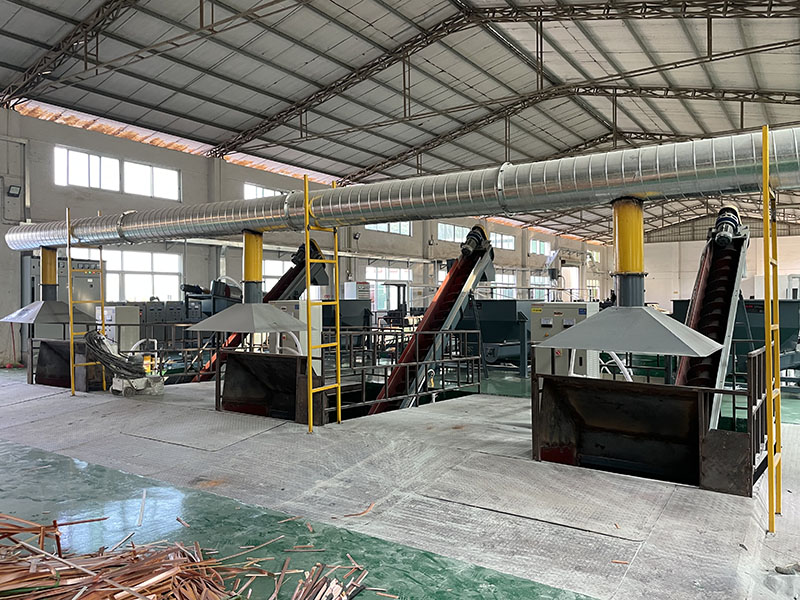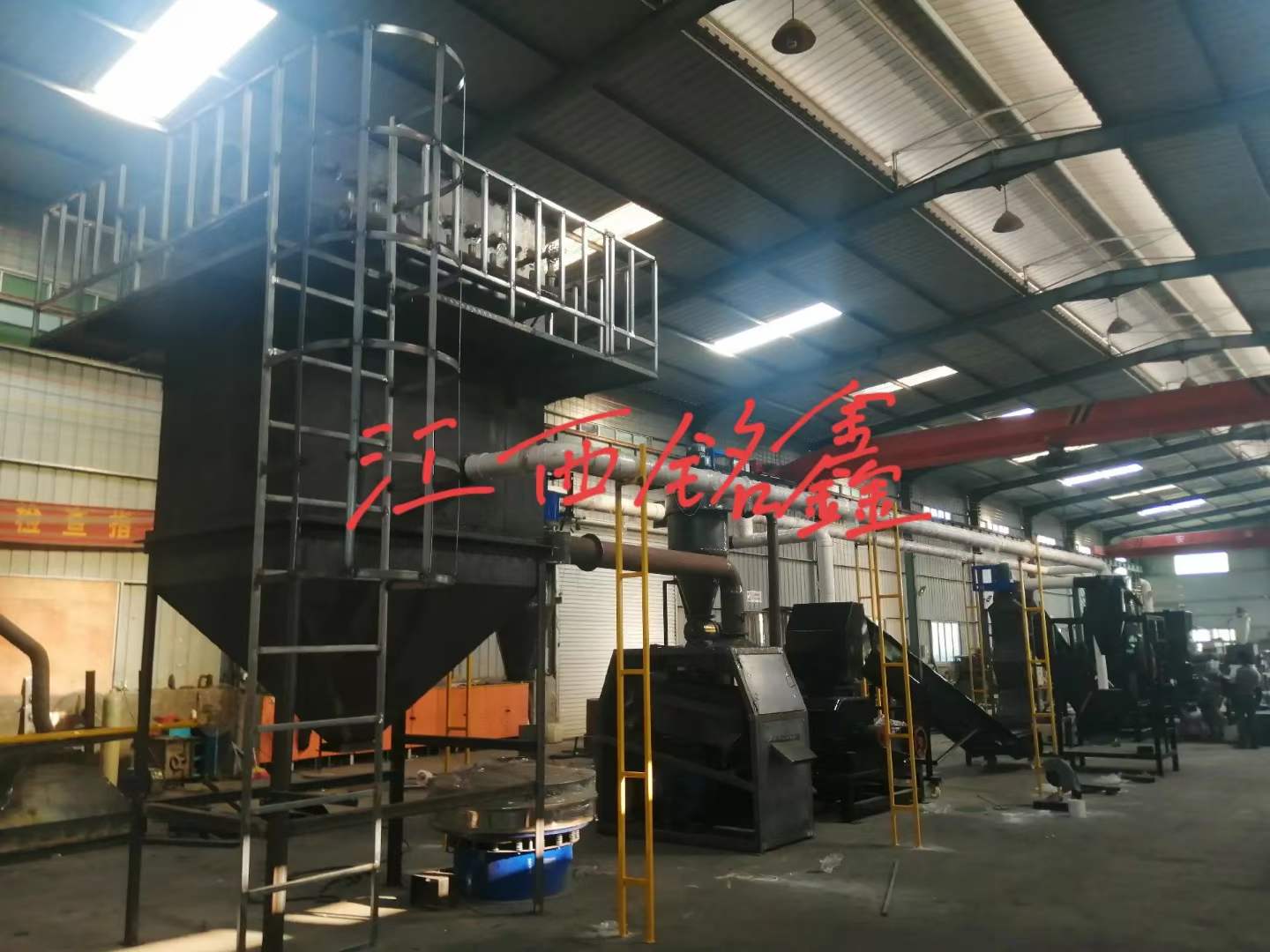Introduction to rotary kiln
Rotary kiln refers to a rotary calcining kiln (commonly known as a rotary kiln), which belongs to the category of building materials equipment. Rotary kilns can be divided into cement kilns, metallurgical chemical kilns and lime kilns according to the different materials they process. Cement kilns are mainly used to calcine cement clinker, which can be divided into two categories: dry process cement kilns and wet process cement kilns. Metallurgical chemical kilns are mainly used for magnetization roasting of lean iron ore in steel plants in the metallurgical industry; oxidation roasting of chromium and nickel iron ores; roasting of high-alumina vanadium ore in refractory plants and roasting of clinker and aluminum hydroxide in aluminum plants; and roasting of chromium ore sand and chromium ore powder in chemical plants. Lime kilns (i.e. active lime kilns) are used to roast active lime and light-burned dolomite for steel plants and ferroalloy plants.
... Heating and calcining of mineral particles and powdered materials such as ceramsite sand, bauxite, limestone, cement, magnesium metal, alumina, aluminum hydroxide, fly ash, high-aluminum products and refractory materials.
Working principle
The rotary kiln is composed of processes such as gas flow, fuel combustion, heat transfer and material movement. The rotary kiln is how the fuel can be fully burned, the heat of fuel combustion can be effectively transferred to the material, and the material undergoes a series of physical and chemical changes after receiving the heat to form finished clinker.
Structural characteristics of the rotary kiln
The rotary kiln consists of a cylinder, a support device, a sealing device, a feeding device and a kiln head combustion device. The rotary kiln is a circular cylinder, which is tilted and installed on several pairs of tugboats. After the motor is decelerated, the small gear drives the large gear to make the cylinder rotate.
The rotary kiln is the main equipment for calcining cement clinker and has been widely used in cement, metallurgy, chemical industry and other industries. The equipment consists of a cylinder, a supporting device, a supporting device with a stopper wheel, a transmission device, a movable kiln head, a kiln tail sealing device, a combustion device and other components. The rotary kiln has the characteristics of simple structure, reliable operation, and easy control of the production process.
The rotary kiln calcining system equipment produced by Zhongke Engineering Machinery adopts domestic and foreign advanced technologies such as hydraulic stopper wheel devices, metering plunger pumps with high metering accuracy, high-precision speed regulating valves and contact graphite block sealing devices through technological innovation. In order to improve the degree of automation, the kiln head uses industrial television to watch the fire, the process flow simulates the fluorescent screen, and the calcining belt uses an infrared scanner to directly reflect the calcining situation of the calcining belt on the computer. These new technologies are intuitive, easy to operate and reliable. The thermal system is stabilized and the equipment operation rate is improved. Compared with equipment of the same specification, the operation rate is increased by 10%, the output is increased by 5%-10%, and the heat consumption is reduced by 15%.
Rotary kiln process flow
Mainly limestone and clay are used as the main raw materials. After crushing, batching and grinding, they are made into raw materials, fed into the cement rotary kiln for calcination into clinker, and then an appropriate amount of gypsum (sometimes mixed materials or admixtures) are added and sent into the cement rotary kiln for grinding. The combustion in the rotary kiln generates heat, which is heated by gas conduction or radiation. At the same time, as the kiln body rotates continuously according to the designed inclination and speed, the raw materials also roll forward periodically in the kiln, thereby transporting the raw materials from the feed end to the discharge end.
















